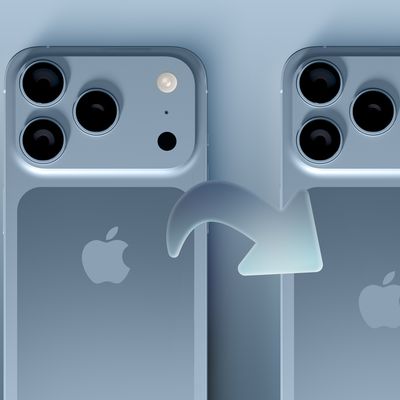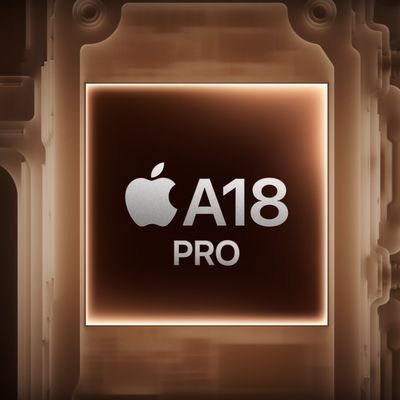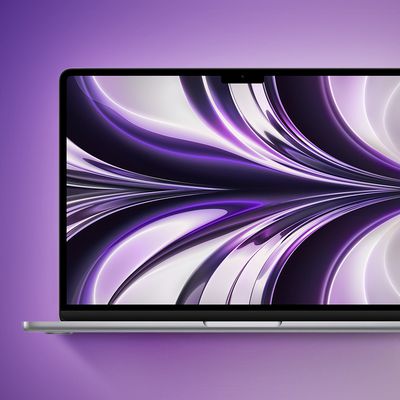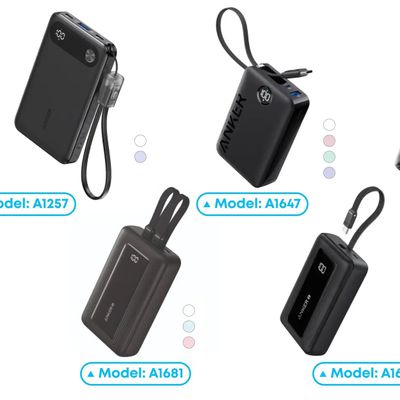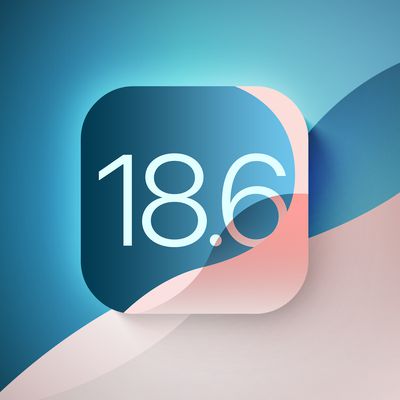Apple's New Manufacturing Partner, GT Advanced, Uses Particle Accelerator to Cut Sapphire Glass Production Costs
Apple's new sapphire glass manufacturing partner, GT Advanced, owns some very advanced technology to manufacture extremely thin sheets of sapphire much more cheaply than current methods.
TechCrunch has done some digging and discovered a company called Twin Creeks that GT Advanced acquired late last year. Twin Creeks developed a hydrogen particle accelerator (pictured below) as a cheaper alternative to saws when attempting to slice larger chunks of sapphire for use on electronics.
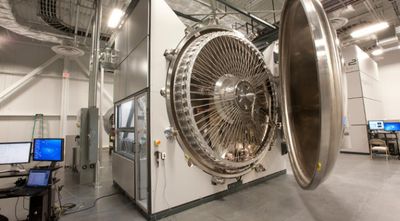
Twin Creeks’ hydrogen ion particle accelerator (basically an ion cannon) allowed them to place wafers around the edges of the device and smash them with hydrogen ions. Here’s a description of the process from Extreme Tech:
"A particle accelerator bombards these wafers with hydrogen ions, and with exacting control of the voltage of the accelerator, the hydrogen ions accumulate precisely 20 micrometers from the surface of each wafer. A robotic arm then transports the wafers to a furnace where the ions expand into hydrogen gas, which cause the 20-micrometer-thick layer to shear off."
The process, when applied to solar, is then followed up by backing the sheets with flexible metal. The result is a huge reduction in thickness of sheets without the use of saws. This results in a big reduction in costs.
According to the press release GT Advanced released last week, GT expects to see its gross margins to drop significantly as sapphire glass production rises -- as costs go down -- but the overall volume will more than make up for it.
TechCrunch goes on to note a patent that Apple got last year that creates a layered touchscreen with a "hyper-thin sheet of sapphire" combined with much cheaper glass sheets. The sapphire glass could be on the outside of the phone, protecting the screen from scratches, while enjoying the cost-savings of cheaper forms of glass on the rest of the display assembly.
By doing this, Apple could stretch out the production and cost factors of sapphire enough to support manufacturing full-size display cover sheets, not just small wearable panels, buttons or protective camera covers. This, in turn, could mean sapphire cover sheets that are harder and tougher than standard glass materials on your iPhone years sooner than most analysts have predicted.
The new Apple/GT Advanced facility is expected to open in Mesa, Arizona sometime next year.
Popular Stories
Apple's next-generation iPhone 17 Pro and iPhone 17 Pro Max are less than three months away, and there are plenty of rumors about the devices.
Apple is expected to launch the iPhone 17, iPhone 17 Air, iPhone 17 Pro, and iPhone 17 Pro Max in September this year.
Below, we recap key changes rumored for the iPhone 17 Pro models:Aluminum frame: iPhone 17 Pro models are rumored to have an...
Apple is developing a MacBook with the A18 Pro chip, according to findings in backend code uncovered by MacRumors.
Earlier today, Apple analyst Ming-Chi Kuo reported that Apple is planning to launch a low-cost MacBook powered by an iPhone chip. The machine is expected to feature a 13-inch display, the A18 Pro chip, and color options that include silver, blue, pink, and yellow.
MacRumors...
In 2020, Apple added a digital car key feature to its Wallet app, allowing users to lock, unlock, and start a compatible vehicle with an iPhone or Apple Watch. The feature is currently offered by select automakers, including Audi, BMW, Hyundai, Kia, Genesis, Mercedes-Benz, Volvo, and a handful of others, and it is set to expand further.
During its WWDC 2025 keynote, Apple said that 13...
Apple hasn't updated the AirPods Pro since 2022, and the earbuds are due for a refresh. We're counting on a new model this year, and we've seen several hints of new AirPods tucked away in Apple's code. Rumors suggest that Apple has some exciting new features planned that will make it worthwhile to upgrade to the latest model.
Subscribe to the MacRumors YouTube channel for more videos.
Heal...
Apple is planning to launch a low-cost MacBook powered by an iPhone chip, according to Apple analyst Ming-Chi Kuo.
In an article published on X, Kuo explained that the device will feature a 13-inch display and the A18 Pro chip, making it the first Mac powered by an iPhone chip. The A18 Pro chip debuted in the iPhone 16 Pro last year. To date, all Apple silicon Macs have contained M-series...
The upcoming iPhone 17 Pro and iPhone 17 Pro Max are rumored to have a slightly different MagSafe magnet layout compared to existing iPhone models, and a leaked photo has offered a closer look at the supposed new design.
The leaker Majin Bu today shared a photo of alleged MagSafe magnet arrays for third-party iPhone 17 Pro cases. On existing iPhone models with MagSafe, the magnets form a...
Popular accessory maker Anker this month launched two separate recalls for its power banks, some of which may be a fire risk.
The first recall affects Anker PowerCore 10000 Power Banks sold between June 1, 2016 and December 31, 2022 in the United States. Anker says that these power banks have a "potential issue" with the battery inside, which can lead to overheating, melting of plastic...
Apple today seeded the second betas of upcoming iOS 18.6 and iPadOS 18.6 updates to public beta testers, with the betas coming just a day after Apple provided the betas to developers. Apple has also released a second beta of macOS Sequoia 15.6.
Testers who have signed up for beta updates through Apple's beta site can download iOS 18.6 and iPadOS 18.6 from the Settings app on a compatible...



